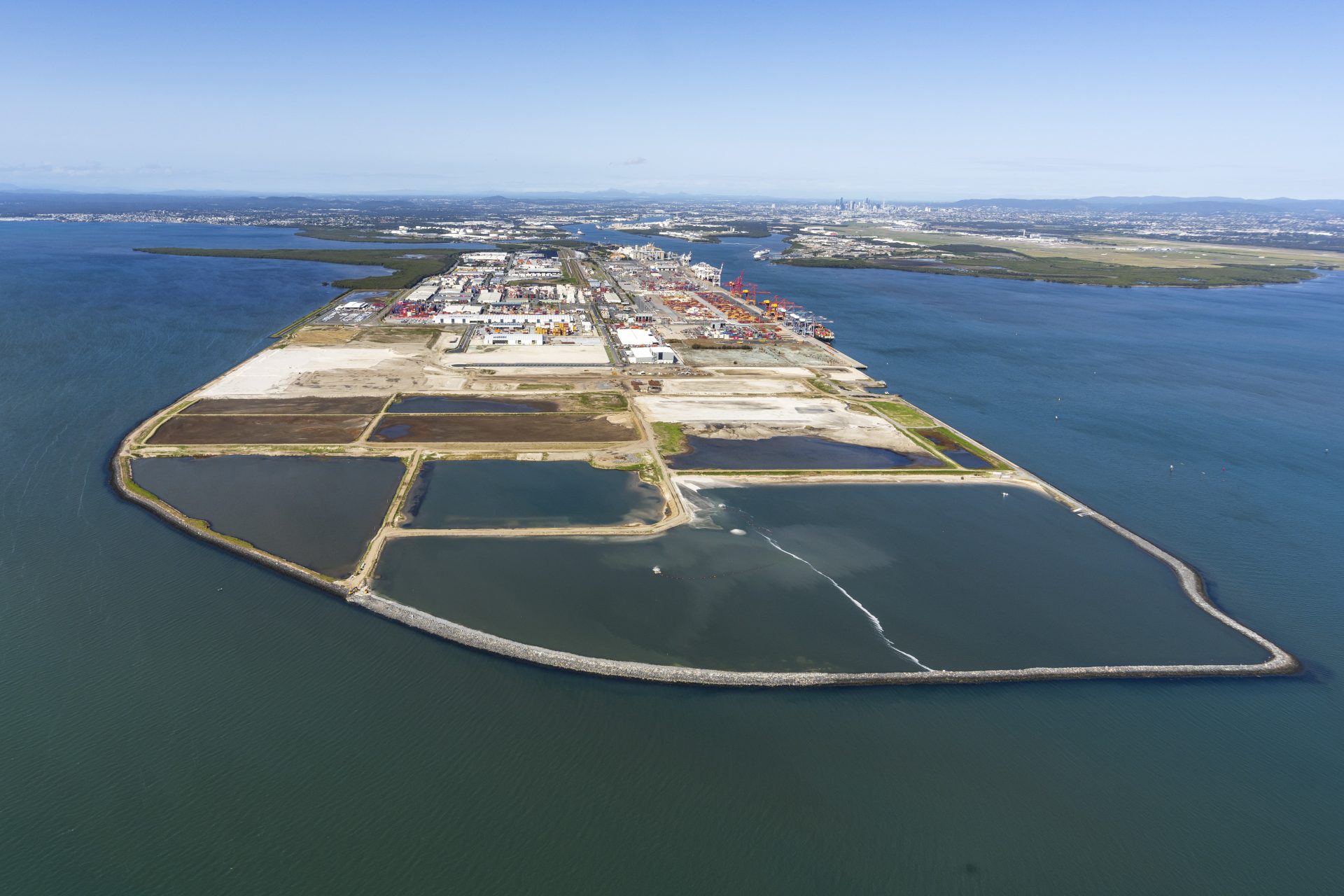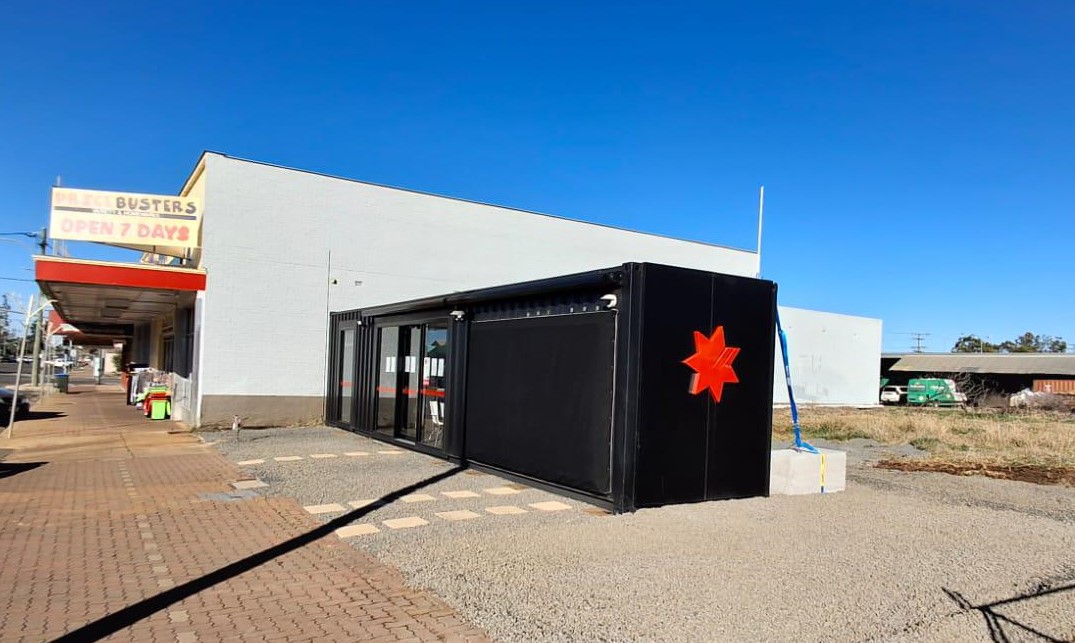Dr Ken Henry AC – Speech on Australia’s Economy & The Infrastructure Challenge
Dr Ken Henry AC – Australia’s Economy & The Infrastructure Challenge
Australian Infrastructure Dialogue 2016
15 September 2016
*check against delivery*
I want to thank the leaders of the John Grill Centre, and particularly Garry Bowditch from the Better Infrastructure Initiative, for today’s dialogue. It comes at an important time.
Right now, there is a leadership vacuum on economic reform in Australia, with a public sceptical of the motivations of politicians, business leaders and the media.
Yet a retreat from public policy discussion will not rebuild trust – and it certainly won’t solve the economic challenges we face.
For business leaders there is a need to be as open as we can be – more open than we have been in the past – about the ways in which our commercial activities contribute to, or retard, the national interest.
In addition, we should be identifying commercial opportunities with positive spill-over benefits that might be advanced by business without the assistance of government.
And then we should be very precise about what is needed from governments; the bit that we can’t do ourselves.
Australia stands out among developed countries because of its high rate of investment relative to national saving and its high rate of population growth. These things are related.
Consider this: Australia’s population is set to grow by about 400,000 people a year for the next several decades.
In infrastructure terms, that’s like building a new city the size of Sydney every decade; or building a new city the size of Newcastle or Canberra every year. Of course, we are not going to do any of these things.
More likely, Sydney and Melbourne will continue to absorb half the national growth in population, each growing by more than 100,000 people a year until at least mid-century.
That will change the shape of those cities in ways that are difficult to imagine. And our cities and towns will change shape for other reasons, including these:
-the Australian population is aging quite rapidly, with implications for housing design, the transport systems that will be required to sustain human mobility, aged care facilities and hospitals;
-services businesses are going to continue to displace manufacturing centers of employment; and
-modes of energy generation, transmission and distribution are being revolutionized by new technologies and the disciplines imposed by carbon-constraints.
We have some infrastructure challenges. And a lot of things are going to have to work well – that is, we are going to have to do a lot of things differently – if we are to meet those challenges successfully.
Against that background, it seems to me that this dialogue, with its focus on national infrastructure, can contribute real value. Five topics, in particular, stand out to me: (1) developments in the private financing of infrastructure; (2) the need for discipline in privatisation and asset-recycling; (3) projects versus systems; (4) efficient pricing; and (5) how we might think about the relationship between infrastructure spending and the national borrowing requirement.
First, though, a bit of context.
As Chairman of the National Australia Bank, I have been giving some thought to the role the bank might play in infrastructure financing, in a way that contributes best to the development of Australia.
For more than 150 years NAB has contributed to the financing of the high streets of Australia’s regional towns, and supported millions of businesses that have been making a contribution to the nation’s prosperity.
In recent years, our financing contribution has assisted the delivery of several significant infrastructure projects. Indeed, we have financed some of the largest infrastructure projects in the country, such as the North West Rail Link and the Victorian Comprehensive Cancer Centre. This year we pledged to finance an additional $100 billion of Australian infrastructure over the next seven years.
NAB finances infrastructure because of its importance to our customers.
Obviously, our return is a commercial one, ultimately delivering dividends to our shareholders. That is what our shareholders demand, to compensate them for investing with us.
But not all of our commercial return comes from the particular infrastructure project. To some extent, as Australia’s principal business bank, we benefit from positive commercial externalities associated with various infrastructure projects, including those we finance, and also those that are taxpayer funded; these are the external factors that enhance the commercial return and credit characteristics of millions of our business customers.
And, of course, commercial return is not everything. We appreciate the social impact of our lending. We have pride in the role we play in building better roads, better schools, better hospitals and better public transport.
(1) Developments in innovative financing
Using our balance sheet to finance infrastructure projects isn’t the only way in which we have been creating both commercial and social value in the infrastructure space.
A corporate bond market
We are also involved in efforts to build a deeper and more liquid corporate bond market. A corporate bond market can play an important role not only in financing infrastructure, but also in permitting asset base diversification in the nation’s superannuation funds.
NAB has been working with the Australian Centre for Financial Studies in seeking to understand how corporate bonds issued by infrastructure operators not only help to facilitate the further development of the corporate bond market, but also help to educate retail investors in the risk-reward characteristics of various financial instruments.
Social impact investing
In some cases, the positive social outcome, rather than the commercial return, is the primary matter of interest to the investor. The investor’s objective might be to address a social or environmental challenge. But that doesn’t mean that the instrument that finances the investment cannot generate a commercial return also.
With that in mind, NAB has been supporting the development of an emerging impact investment market in Australia.
This is ground breaking. NAB is the founding partner of Impact Investing Australia and has committed $2 million in grants to support capacity building for mission-led organisations, to enable them to access appropriate finance to scale their impact.
Separately, we structure and fund impact investment transactions. Most recently, we helped finance the third social impact investment issued by the NSW Government.
The program – On TRACC (Transition Reintegration and Community Connection Service) – has been designed to reduce the cost of incarceration and increase community safety, by reducing rates of re-offending among parolees with intensive, individual support, particularly in their first 16 weeks of parole.
The aim is to give participants the best chance of being reintegrated into society.
Health and education
Health and education are other sectors in which NAB has been exploring infrastructure opportunities. These areas are also often associated with positive social outcomes. Health spending is increasing faster than the rate of inflation, growing from $50.3 billion in 1989 to $154.6 billion in 2013 in real terms.1
And while health costs have largely been borne by government, NAB’s Capital Financing team have responded to the tightening fiscal constraints, demographic shifts and changing behaviours of Australians by participating in almost $9 billion in health-related transactions over the past five years.
The education sector employs nearly a million Australians and is our largest services export, accounting for $18.8 billion in 2015.2
We have been working with tertiary institutions to assist their transition from domestic to offshore bond markets. We have developed new forms of funding models for student
accommodation, such as through a PPP at the University of Wollongong, and school PPP projects worth more than $1 billion.
(2) Privatisation and asset recycling
In recent weeks, there has been some discussion of the role of privatisations in the infrastructure market. Privatisation is politically challenging in all democracies.
Yet there is no financial case for a government holding an asset on the public sector balance sheet if the same or better benefits for citizens can be delivered with the asset in the hands of private owners.
Asset recycling has proven an effective political means of governments building support for privatisations. However, there are risks.
The narrative that supports asset recycling reveals a strong incentive to maximise asset-sale proceeds. The higher the proceeds, the more cash there is to invest in the second piece of infrastructure, and so on. Thus, there is a risk of privatising assets into markets that are less than fully competitive.
ACCC Chairman, Rod Sims, recently drew attention to this risk. He made a valid point. It was a shame, if no surprise, to see his caution traduced in simplistic media coverage that suggested he’d had a re-think about the benefits of privatisation.
(3) Projects versus systems
Poor project outcomes are largely the consequence of failing to think and plan system-wide. But system-wide thinking is difficult, not least because it is not always obvious where one should draw the system boundaries.
For example, is land transport in George Street in Sydney an appropriately identified system for infrastructure design, or should the system boundary define the Sydney CBD, or the Sydney metropolitan area, or the Sydney basin, or the east coast of NSW, or the state of NSW or the national land transport network?
And what transport modes should enter system thinking? Road only; road and rail; road, rail and air transport; or road, rail, air and water transport? And how should pedestrian and cycle traffic enter into system thinking?
These things are not easy, yet they are really, really important. Ideally, in assessing the value of any particular system component we would want to understand its impact on the amenity of the entire network, broadly defined. But we never do so. Instead, the cost-benefit analysis, if it exists at all, tends to focus on the commerciality of investment in a stand-alone project.
Interest in PPPs has encouraged this narrow perspective. We shouldn’t be surprised if the network suffers when the commerciality of a new toll road depends upon reducing the amenity offered by the existing road network, as in the case of Sydney’s cross-city tunnel.
Indeed, this is the principal risk with PPPs. It arises because the infrastructure owner is generally able only to charge the ‘patrons’ of the project, yet the project’s patrons constitute only a sub-set of those affected by it.
There is a related risk, which arises because private owners – whether involved through a PPP or a privatisation – understandably want certain returns. Government vendors usually ‘manage’ this risk by constraining future system flexibility; precisely the opposite of the outcome you would want in an intelligent system or network.
Surely we can do better than this. Here’s a straw man to toss around.
What if each identified infrastructure system or network – for example, Sydney’s entire road network – was owned by a commercial entity, properly capitalised with its own balance sheet, with authority to charge prices across the entire system and authority to reconfigure bits of the system and to make new investments in it?
What if superannuation funds, instead of directly funding specific bits of the network, bought financial assets in the entity, ranging from common equity through to hybrids and
debt instruments of varying levels of seniority?
I can see how a bank, like NAB, might be able to partner with such an entity in a mutually beneficial way.
Of course, there are many public policy issues raised by this straw man, including in what circumstances it might be appropriate to build a non-commercial asset into the network, or to subsidise the users of part of the network, for ‘community service’ reasons.
But those same public policy issues are with us now. They are just not dealt with transparently, with a full appreciation of costs and benefits, including of both positive and negative outcomes.
(4) Efficient pricing
My straw man embodies system-wide pricing. That will be controversial but it is a better planning instrument than anything else humans have ever been able to design.
That’s why system-wide pricing for our land transport systems was recommended in what has become known as the Henry Tax Review published more than six years ago. It simply has to be part of the answer.
Pleasingly, there seems to be increasing appetite for such a reform.
Infrastructure Australia’s Plan, released in February this year, recommended a public inquiry to investigate the existing roads funding frameworks and develop a pathway to road user charging reform. The Government has indicated cautious support for road pricing, as a longer-term reform.
Transurban has released initial findings of its Road Usage Study – which followed 1635 Melbourne motorists as they have trialled three types of user pay models over a 12 month
period.3 It found that: “A system based on user pays did not dramatically change the way participants used their car nor did it appear to impede their everyday activities.” A second stage of the research will look at ways to manage demand and congestion via varied price settings. This could be a real game changer.
(5) Infrastructure spending and the national borrowing requirement
A resumption of pre-GFC economic growth rates has proved increasingly elusive. Despite a chronic budget deficit, there have been suggestions that the Commonwealth Government’s medium-term fiscal target should be focused on recurrent spending.
That is, instead of the commitment to achieve an underlying cash budget balance, the commitment should be to balance recurrent receipts and recurrent payments over the
cycle.
In principle, the case for distinguishing between capital and recurrent spending is strong.
But there are two matters to keep in mind. The first is that considerable care must be exercised in assessing the ‘recurrent’ consequences of capital payments. What has to be assessed is the true ‘user cost’ of the capital spend.
This will be made up of interest, repairs and maintenance and true economic depreciation.
Interest, repairs and maintenance are relatively easy to calculate; but economic depreciation much less so.
Ideally, economic depreciation in a year would be calculated by comparing the appropriately discounted future social value of the asset between the start and end of the year. Thus, a white elephant would be expensed immediately. This would be controversial. As would the choice of appropriate discount rate.
The second matter takes us back to the circumstances that gave life to the present fiscal strategy. In the 1980s, policy thinkers were concerned with the government’s contribution to the national financing task; that is, the gap between national saving and national investment, funded by foreigners.
The global financial crisis illustrated, in graphic terms, why those concerns were well based.
Yet, whether the infrastructure project sits on a government balance sheet or is privately owned, we are simply going to have to rely on a substantial element of foreign funding.
That underlines two propositions. First, because of its importance to investor confidence, the quality of the public sector balance sheet matters a lot. And second, because the form and tenor of finance influences external funding risk, we are going to have to get a lot more comfortable with foreign equity participation in Australia’s infrastructure.
Concluding remarks
Australia’s infrastructure challenge is urgent and complex. It calls for collaboration across governments and the private sector to solve. We have a collective responsibility to give Australians confidence in the future – in how we will secure our ongoing economic prosperity, in how we will accommodate strong population growth while addressing the risks of congestion and environmental degradation.
We need bold thinking and long-term vision. We need leadership. And we need a shared willingness to turn the ideas presented to this conference into a reality.
1 http://www.aihw.gov.au/publication-detail/?id=60129554398
2 http://dfat.gov.au/about-us/publications/trade-investment/australias-trade-in-goods-andservices/
Pages/australias-trade-in-goods-and-services-2015.aspx
3 http://connectedcities.transurban.com/nextsteps.htm &
http://connectedcities.transurban.com/roadusagestudyupdate.htm



